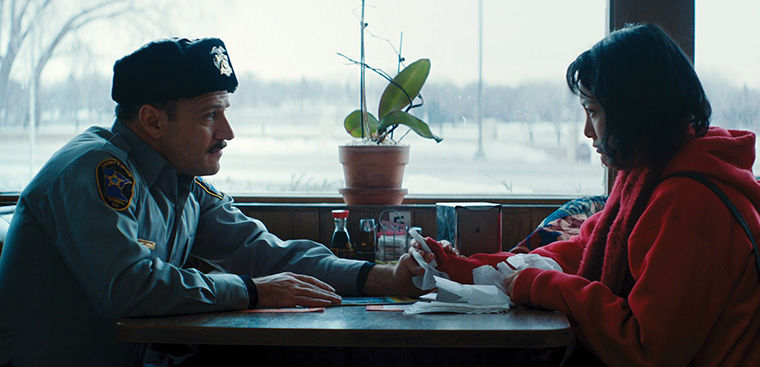‘Kumiko’ a beautiful love letter to cult classic
Kumiko, the Treasure Hunter
April 13, 2015
There is a fine line between fact and fiction, especially in films. When retelling true stories, details are often embellished, and situations are exaggerated. Characters and events are often subject to the filmmakers’ interpretation. “Kumiko, the Treasure Hunter” takes this idea a step further and explores the misguided intentions of a young woman who was influenced by a film to search for treasure that does not actually exist. The diverse cast is as surreal as the story itself, including a picky boss, a library security guard and a deaf cab driver.
“Fargo” became an instant success when the Coen brothers released it in 1996. It is frequently cited as one of their best works, having won multiple Academy Awards and spawning a highly successful television show of the same name. In a rather bizarre manner, the film served as the foundation for “Kumiko, the Treasure Hunter.” Kumiko goes in search of the treasure supposedly located in “Fargo.”
The adventure of Kumiko, played by Rinko Kikuchi (“Pacific Rim”), begins in Tokyo. When wandering the beach, she discovers a waterlogged VHS tape of “Fargo.” At the beginning of the tape is a disclaimer explaining that the following events are based on a true story. The film is 100 percent fiction, but Kumiko is convinced it is real and that there is a suitcase filled with $1 million on the side of a Minnesota highway. In response to the film, she travels to the U.S. and begins a journey to find the nonexistent treasure.
The opening title card of “Kumiko, the Treasure Hunter” is identical to that of “Fargo”—the filmmakers cleverly borrow the card from the latter film. Although “Fargo” is not actually based on a true story, there is some truth to Kumiko’s adventure. The film is based on the story of a Takako Konishi, a Japanese office worker who supposedly went in search of the treasure. However, the facts of the story are muddled, and her pursuit of the treasure has transformed into an urban legend. The film is merely an interpretation of the legend and not the facts. It makes for a stellar tall tale that is a love letter to the Coen brothers and their body of work.
Kumiko’s journey is a tragic one. It is made clear from the beginning, that her quest is futile. There is no cash in a suitcase buried in the snow on a Minnesota highway, but this is what makes Kumiko a spectacular character. She has no social skills whatsoever, opting to live her life in total solitude with the exception of her pet bunny. Watching her interact with others is so awkward it is hilarious, especially when she tries to escape a library with a book in her coat or when she roams the frozen Minnesota streets wrapped up in a bed comforter to keep warm.
As awkward as she is, there is no stopping her. Kumiko is repeatedly told that her adventure will only end in failure, but she continues to move forward.
Kikuchi, who plays Kumiko, anchors the film. She infuses passion into an otherwise quiet performance and makes her futile pursuit of the treasure almost believable.
There are several direct parallels with “Fargo,” including the cinematography, which uses similar framing and imagery. The color palette of red and brown is similar as well. Kumiko seems to wear it with her, donning a bright red sweatshirt and eventually the brownish, ornate comforter that she wears over her head like a poncho to stay warm.
The filmmakers have injected their own sense of mysticism into Kumiko’s world. What immediately jumps out is the discovery of the videotape found buried under a rock in a cave on the beach. It is never explained who buried it there or why because such an explanation would rob the film of its mystery.
Kikuchi’s quiet performance keeps the film grounded, but the world around her is howling with myth and mystery. Focusing only on the legend and ignoring facts, “Kumiko, the Treasure Hunter” is a gorgeous film that is both an homage to “Fargo” and a strikingly original work of art.








